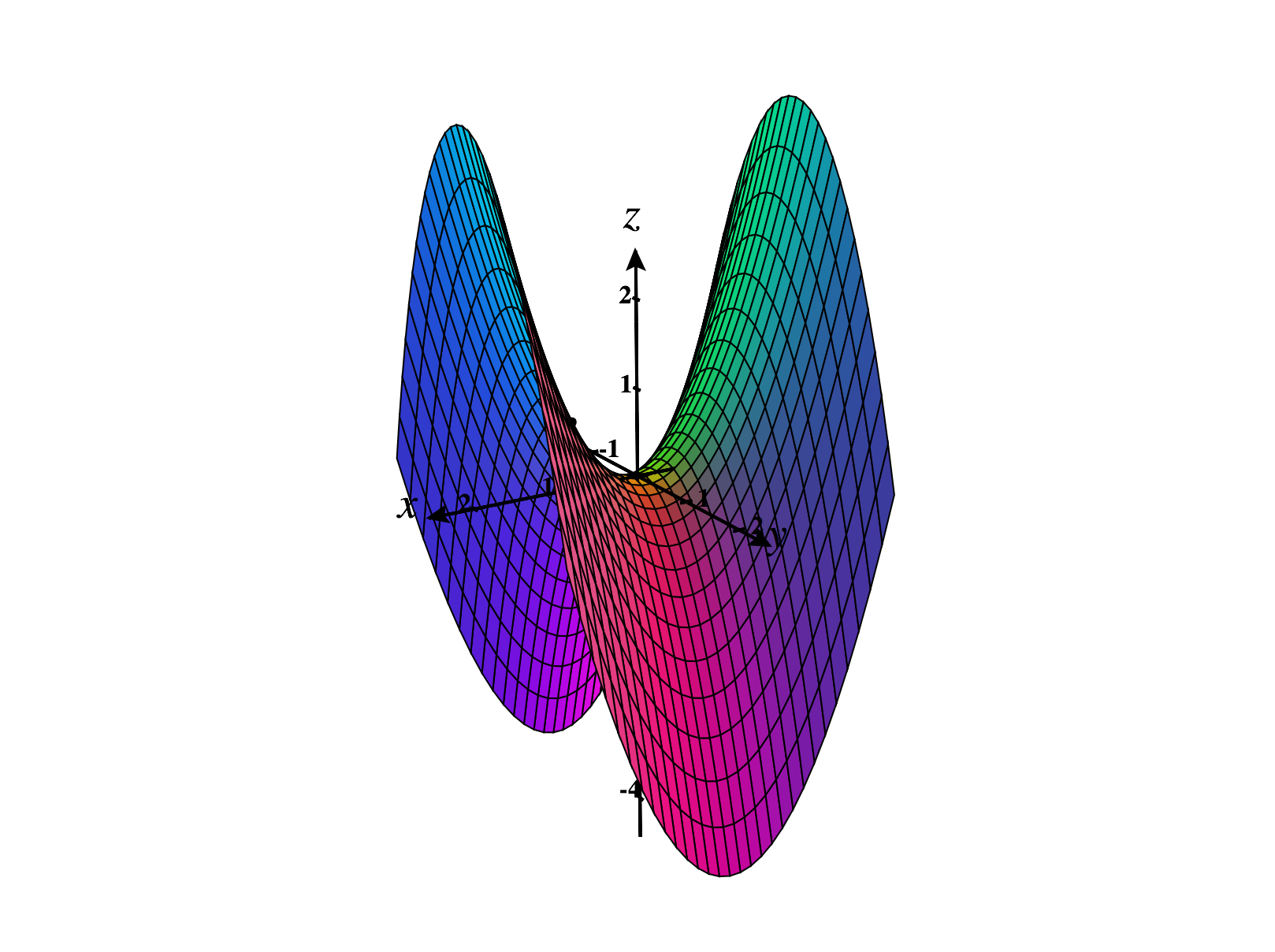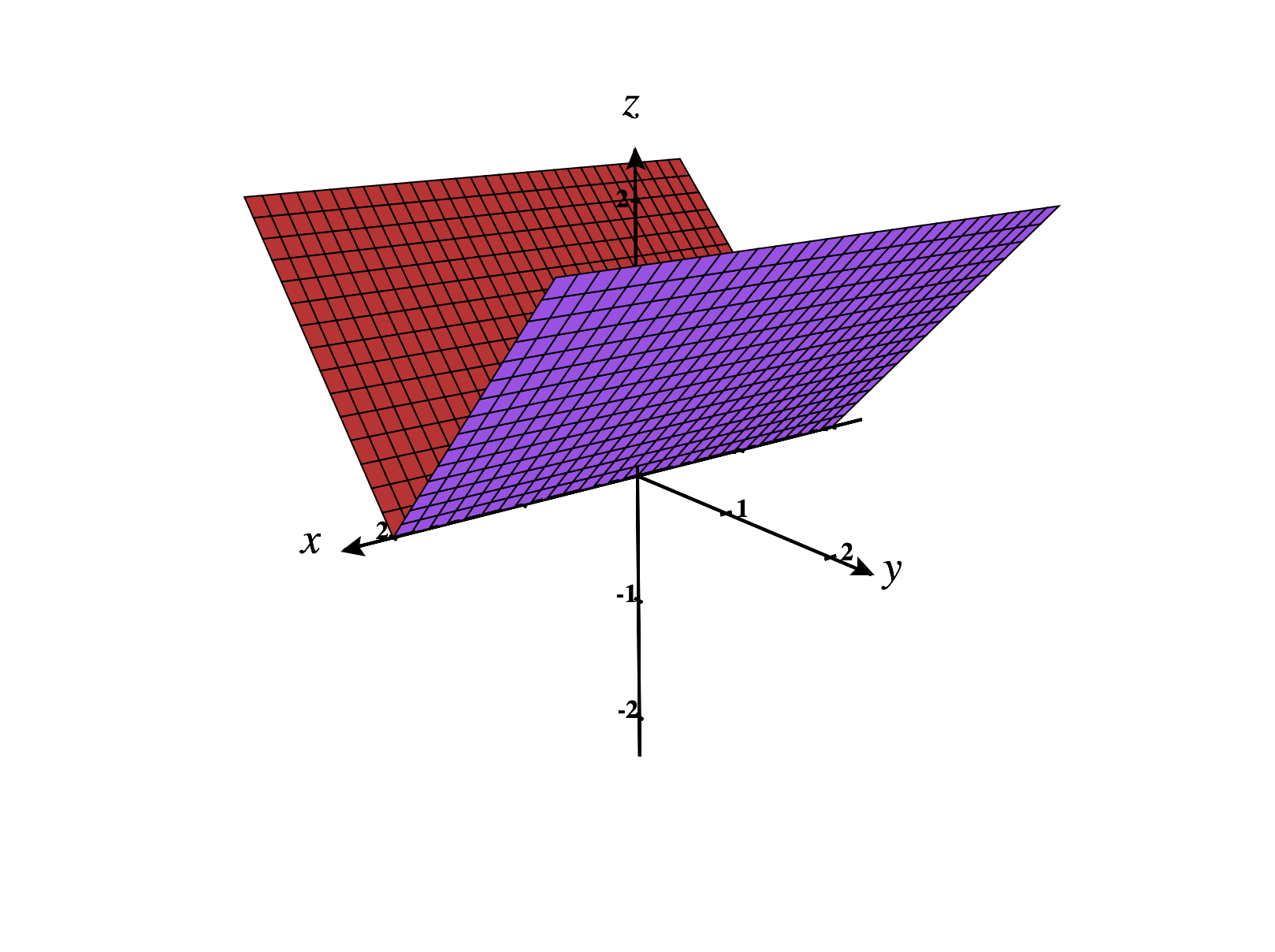Now that we’ve defined the Hessian matrix and studied quadratic forms, we’re in position to find local extrema of multivariable function. This process will closely resemble the process that we following in single variable calculus, so we’ll begin by reviewing that case.
Recall that we say has a local maximum at if for all near . Similarly, has a local minimum at if for all near . We can state these definitions more precisely, as below.
We say that has a local minimum at if there exists such that implies .
In single variable calculus, we found local extrema by finding critical points, and then classifying them using the first or second derivative test.
If is a critical point of and , then has a local maximum at .
If is a critical point of and , then has a local minimum at .
If is a critical point of and or does not exist, then could have a local maximum at , a local minimum at , or neither.
We’ll classify these critical points using the second derivative test. We find the second derivative of . Plugging in , we have This tells us that at , has a
Local extrema for multivariable functions
We begin by defining local minima and local maxima for multivariable functions. These follow the same idea as in the single variable case. For example, has a local minimum at if for “near” . Now, we need to decide what “near” means. This means that we can find some distance such that for within distance from , we must have . We restate this more formally.
We say that has a local maximum at if there exists such that for all with , we have .
In some cases, we can determine local extrema using our knowledge about functions, and without using Calculus.
Consider the function . Since , we’ll always have . Then, since , has a local maximum at .
Critical points
Our definition of critical points of multivariable functions is also very similar to the definition from single variable calculus. Here, the gradient vector replaces the derivative.
For functions , we can visualize critical points as points where the tangent plane is either horizontal, or undefined. Each of the graphs below has a critical point at .



As in single variable calculus, if a function has local extrema, they will occur at critical points.
If , the second equation gives us . So is a critical point.
If , plugging into the second equation gives us , so or . This gives us the critical points and .
Thus, the critical points of are , , and .
Classifying critical points
Analogous to the second derivative test from single variable calculus, we can use the Hessian matrix to classify critical points in some cases.
- If is positive definite, then has a local minimum at .
- If is negative definite, then has a local maximum at .
- If is indefinite, then has a saddle point at .